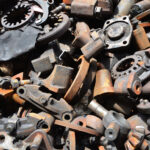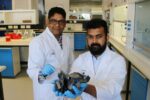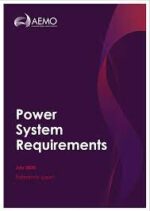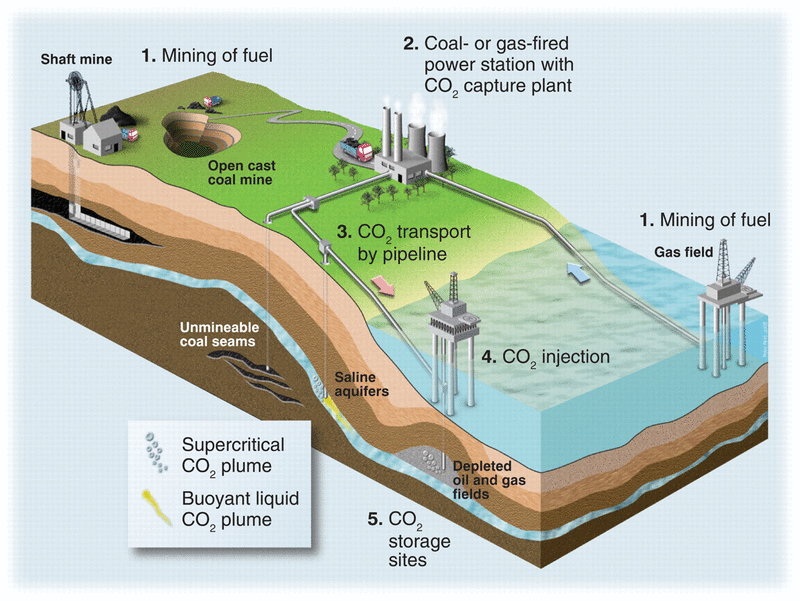What is steel scrap and how can it help us reach net zero?
Recycled steel scrap is a low-emitting source of the metal – here’s how we can improve its collection and production to help decarbonise the industry. From bridges to cars to paper clips, steel is ubiquitous in our material world. It is one of the enabling materials that has led to unprecedented living standard rises and progress for humanity. Yet, as with all other emitting economic sectors and material groups, the steel industry needs to decarbonise to meet the climate challenge. Its success as a material means global crude steel production is over 1.9 gigatonnes, but it accounts for an estimated 3 gigatonnes of CO2 emissions annually (albeit this is lower-emitting than most other materials potentially used for the same applications). Steel is made from either primary sources: that is, extracting iron ore from nature and transforming it into pure iron; or from secondary sources, that is, remelting steel scrap into new steel, or a combination of both. This secondary-source steel scrap is the discarded steel that becomes available from manufacturing waste generation and from recovered steel in buildings, infrastructure, equipment, vehicles and products discarded at their end of life. The amount of steel scrap available globally is finite, constrained by the rate of disposal by society. In contrast, the availability of iron ore-based steel is expandable, as mine activity can be increased to meet growing steel demand. There are two principal methods of producing steel. Image: ArcelorMittal Innate circularity Steel has excellent circularity properties. Whereas other materials are often downcycled at their end of life, for many applications, steel scrap can be turned back repeatedly into new steel, retaining its original properties. The magnetic properties of steel make it easy to segregate steel scrap from mixed waste streams. Global emissions from steel are primarily generated while producing steel from primary source iron […]










